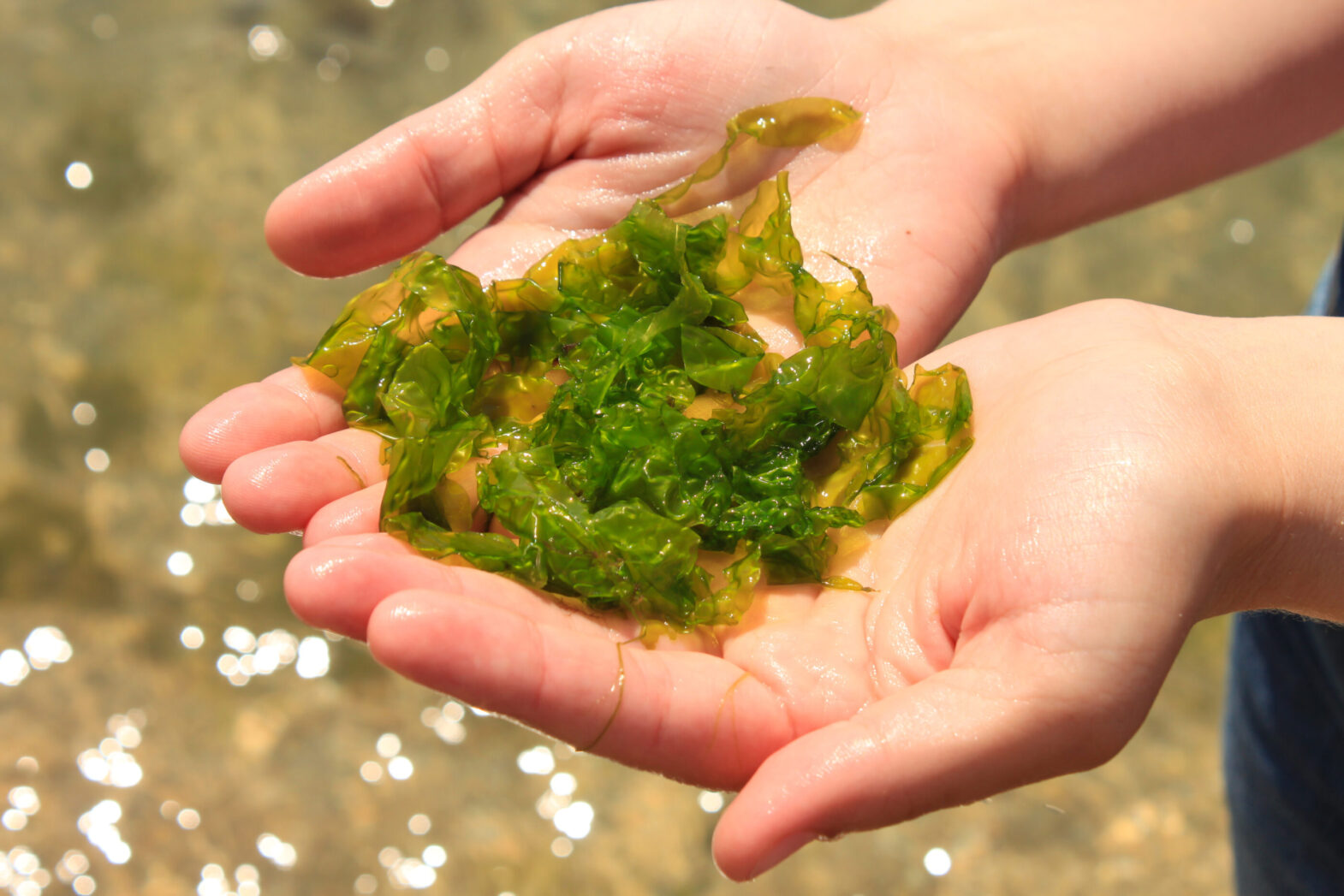Seaweed, long celebrated in coastal cuisines from Japan to Ireland, is emerging as a nutritional powerhouse that rivals many land-vegetable staples. Despite being low in calories and fat, seaweed is dense with vitamins (A, C, E, K), minerals (iodine, calcium, magnesium, iron), fiber, and even omega-3 fatty acids. These nutrients perform key functions: iodine supports thyroid health, fiber promotes gut health and satiety, while antioxidants in seaweed help neutralize damaging free radicals. Researchers are increasingly pointing out that including seaweed one to two times a week may offer benefits like improved cholesterol levels, better blood sugar regulation, and heightened cardiovascular protection.
However, like many superfoods, its benefits depend heavily on source, type, and quantity. Different kinds of seaweed (brown, red, green) vary greatly in nutrient content — for example, brown seaweeds often have more iodine and certain polysaccharides, while red/orange types may offer more antioxidants. Also, seaweed absorbs minerals from its environment — good when it picks up useful micronutrients, problematic when it accumulates heavy metals like arsenic or lead. Experts warn that excessive intake (especially of certain species) might lead to thyroid over-stimulation or exposure to contaminants. Moderation and sourcing from reputable producers are essential.
For those looking to incorporate seaweed safely and effectively into their diet, there are simple strategies. Start small — perhaps via seaweed snacks, nori sheets in sushi, wakame in soups, or kelp used in broths. Rotate between types (brown, red, green) to diversify nutrient exposure and reduce risk of over-accumulation of a single mineral. Always check origin labels, especially for heavy-metal testing, and consider consulting health professionals if you have thyroid conditions or are pregnant. When done thoughtfully, seaweed isn’t just a novelty — it may well be one of the most efficient ways to boost nutrition in a small portion.







